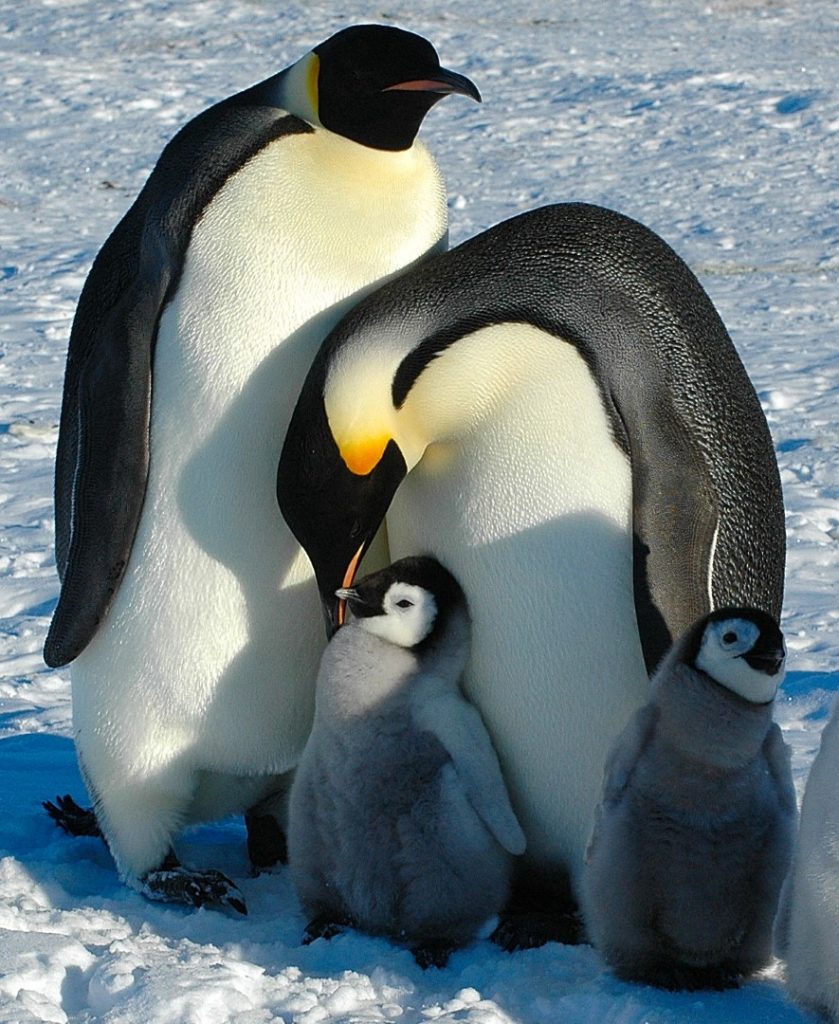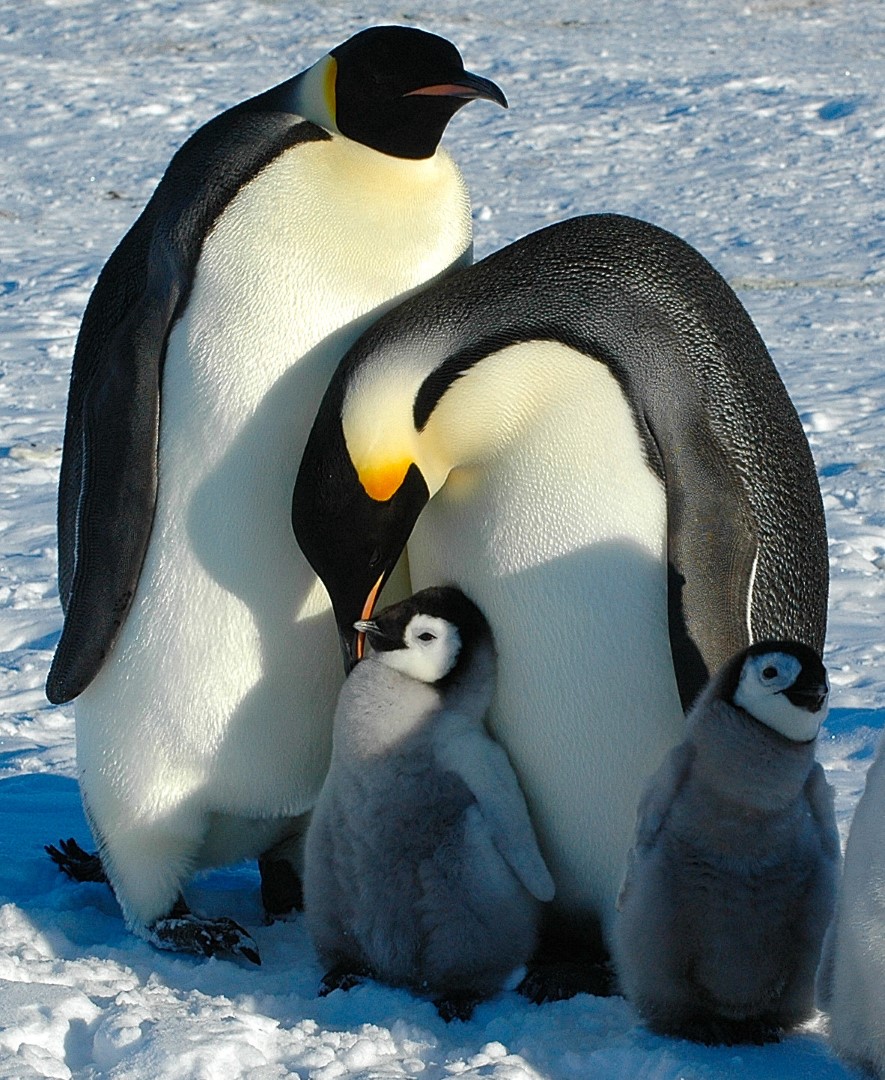
Thousands of emperor penguin chicks have perished due to habitat loss
By Morgan Hannah, Life & Style Editor
Years ago, I watched March of the Penguins by director Luc Jacquet and I cried over the simply breathtaking footage of the marvellous migration of emperor penguins across the Antarctic.
These birds are the world’s largest penguin species, with specimens measuring in around four feet tall, up to 100 pounds in weight, and living for roughly 20 years. Penguins require stable sea ice to breed during the months from early April when the penguins arrive, to December when their young hatch. As if by some magical force, pairs of 15,000 to 24,000 emperor penguins—that’s around five to nine percent of the global emperor penguin population—living in the Southern Hemisphere have historically migrated all at the same time to the same breeding grounds along the ice shelves and bays of the Weddell Sea as their ancestors have done for generations.
The Weddell Sea is part of the Southern Ocean and consists of the area between the coasts of Coats Land and the Antarctic Peninsula. However, the different shelves along the Peninsula are receding due to climate change. The number of people who are simply unaware or ignorant of the human-instigated damages threatening these penguin breeding grounds is frightening and can no longer be ignored.
The second largest colony in the world of these majestic penguins has suffered catastrophic devastation over the past several years and has “essentially disappeared overnight,” according to the BBC. In 2016, thousands of the tuxedo-wearing birds’ chicks drowned after the Brunt Ice Shelf in Antarctica collapsed. This isn’t entirely fresh news; the Larson A Shelf collapsed in 1995, and the Larson B Shelf collapsed in 2002. Scientists had previously considered these grounds as “climate change refugia” for penguins, Dr. Phil Trathan of the British Antarctic Survey (BAS) told the BBC. Yet fewer and fewer penguins have been sighted there since the 2016 collapse, according to the BAS, who photograph penguin colonies and their guano to keep track of numbers and other findings.
The impact and subsequent state of the ice mean that the penguin colony at Brunt has almost entirely disappeared. Many of the adult penguins have joined the nearby Dawson-Lambton colony, seeking better breeding grounds as environmental conditions continue to change. This news is encouraging, as scientists were unsure whether the penguins would seek alternative sites in response to the habitat loss, but the numbers found at Dawson-Lambton don’t make up for the thousands of chicks lost in the Brunt Ice Shelf collapse and the subsequent difficulties breeding. Published model projections suggest that emperor penguin numbers are dramatically falling and by the end of this century, it is expected that 50 to 70 percent of these birds will be lost to sea ice condition changes as a result of climate change.
It is my hope that with more knowledge of what is happening around us, we may open our eyes and our hearts and try our hardest to lessen our ecological footprints. Climate change may be inevitable, but that doesn’t mean we can’t work together to slow down its progress for the sake of emperor penguins, many other threatened and endangered animal species, and our own selves.


